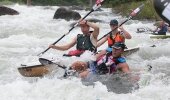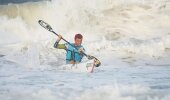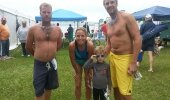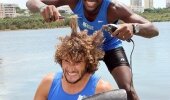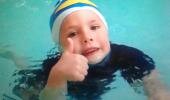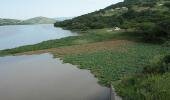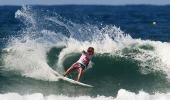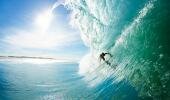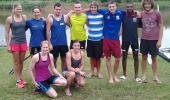Words: Deon Breytenbach ǀ Photos: Helena Pienaar
The start of summer means it is time to dust of your boat, get some style back and go play on the water. In previous issues, I have covered various topics regarding freestyle kayaking, so this time round we'll take a look at how to prepare your ride for the season's freestyle sessions and competitions.
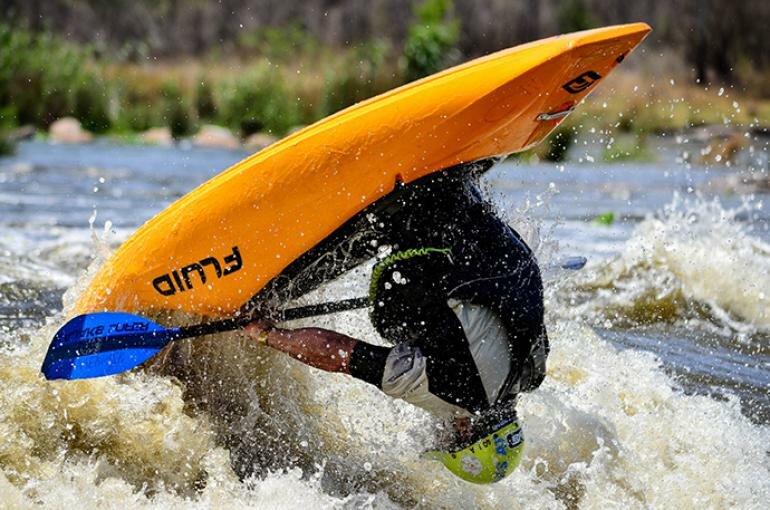
Photo credit: Helena Pienaar
The two main elements to remember are you need to use the power of the water to your advantage and have fun.
Format
Competitions are run in a format according to the International Canoe Federation's rules and regulations. Rides are 45 seconds and you get two rides in the heats. Both scores are counted together. In the quarter-final and semi-final rounds you also get two rides, but only your best score counts. If you make it through to the finals you get three rides, with only your best score counting once again. Remember to pace yourself, so that you don’t tire out too early.
Scoring
When it comes to scoring, all rides are judged according to the same rules and requirements, and each move has a certain criteria on the angles and rotations required. The best place to familiarise yourself with this is on the official move description sheets available from the ICF Freestyle pages. It doesn’t help if you do, for example, cartwheels, when the judges are scoring you on flat spins.
Pre-event preparation
In your practice sessions prior to competition day, it is important to be as constructive as possible. To do this, the first thing you should work on is familiarising yourself with the feature (wave or hole) you will be facing, so that you can exploit the best spots in it. Therefore, on your first practice runs, spend some time just surfing all over it to get the feel of where it is trying to push you off, where the main spots are, where to get extra acceleration down the face and off the shoulders for your blunt-style moves, where the deepest and most retentive spot is to plug for loopy moves, and where the line is that will get you flushed off the wave. You should also take the time to find the strongest currents in the eddy to get back onto the feature if you do flush during your ride - and everybody flushes at some or other stage. Once you have the feature worked out, start to do all the moves you can and do them all three to five times in a row.
This is not just to get them dialled in, but also to keep a mental score card of which moves you can do consistently every time. This is going to help you plan your ride, to maximise your time on the feature and get the highest scoring ride you can out of your bag of tricks. Split your tricks up into things you can do 100% all the time, then things you get right 60-70% of the time, and then the tricks you get right 50% or less.
Competition ride
Now after a couple of these practise rides, you need to start working on your competition ride. You are awarded bonus points for linking different moves to each other, and for this reason it is very important to get to know the feature you are using. Each feature has a specific direction of flow that can be helpful if you work with it, or it can be the most frustrating thing to fight. For example, the Gatsien wave on the Vaal River feeds you to the surfer's left. If you aren’t aware of this, you might go in and do a left spin into a left cartwheel, but before you know it, you are off the wave and have to charge back up the eddy to get back on.
However, if you start with a left spin and then go for a right blunt, you will use the whole feature and the right blunt will have moved you back to the centre of the wave and from where you can set-up your next move. So, read the feature and use the flow to your advantage.
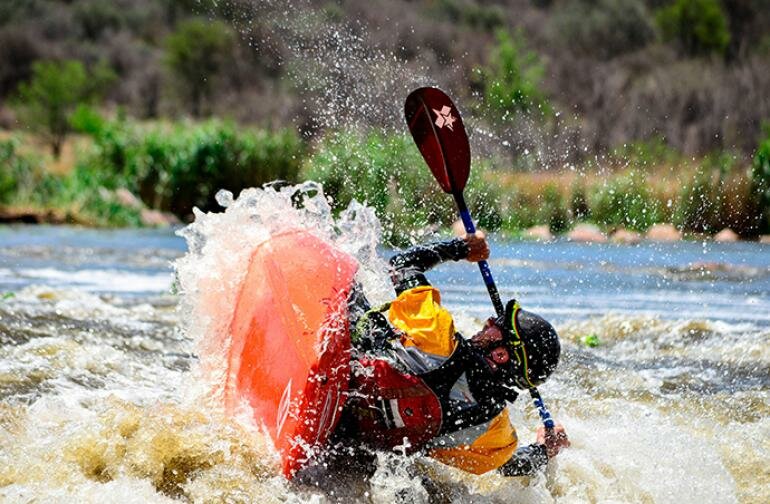
Photo credit: Helena Pienaar
Break it up
When you plan your competition ride, break up your 45-second ride into three segments. The first 15 seconds are for the tricks you can do 100%, to get some points on the board. The next 15 is for your less-consistent tricks (the 60-70% ones) that might score higher, but are a bit more risky to do. This will then allow you to use your last 15 seconds to go for the biggest/highest scoring tricks because even if you don’t make them stick, you know that you already have some points on the board and anything else you do is a bonus.
Visualise the routine
Once you have worked out and split up your ride, go through the routine in your mind and picture yourself doing what you have worked out. Repeat it over and over in your head. This will help you to stay as calm and collected as possible on competition day.
Be prepared
Most competitions in South Africa are one-day events and it does become a rather long day, so you must come well prepared. Have enough water to stay hydrated, some snacks to keep your energy levels going, and a couple of energy drinks are also not a bad idea. When it comes to choosing an energy drink, there are a multitude of choices. But the principle behind them is the same, you should drink it about half an hour or so before your ride, to get over the initial caffeine boost. Sitting in an eddy, as you wait for your ride, and twitching away from the caffeine will make you feel even more nervous than you already are.
After all this practice and preparation you are now ready in the eddy. Wait for the judges’ signal, smile and as you paddle out for your ride remind yourself that this is all about fun, so go and have some!
To familiarise yourself with the official move description sheets described above, visit www.canoeicf.com/icf/Aboutoursport/Canoe-Freestyle/More-on-Canoe-Freesty...
For more information, photos and links to other online resources, visit Deon's blog: www.doitnow.co.z/blogs/deon-breytenbach
